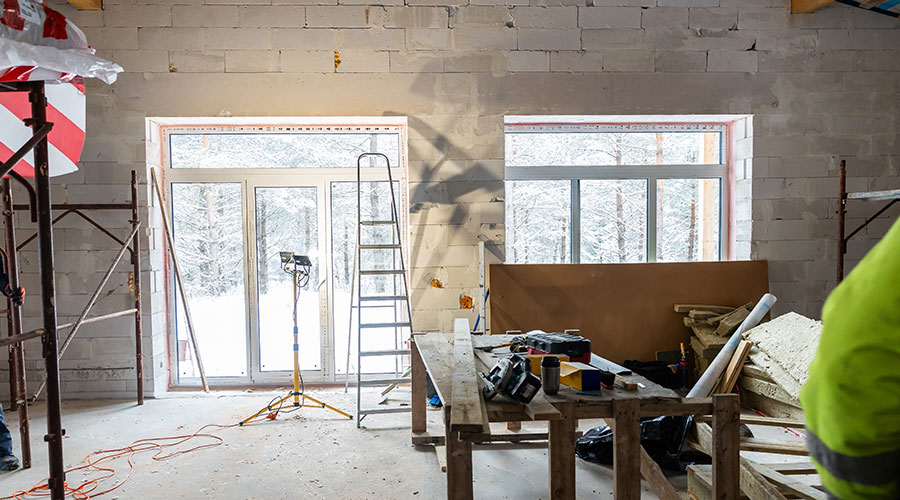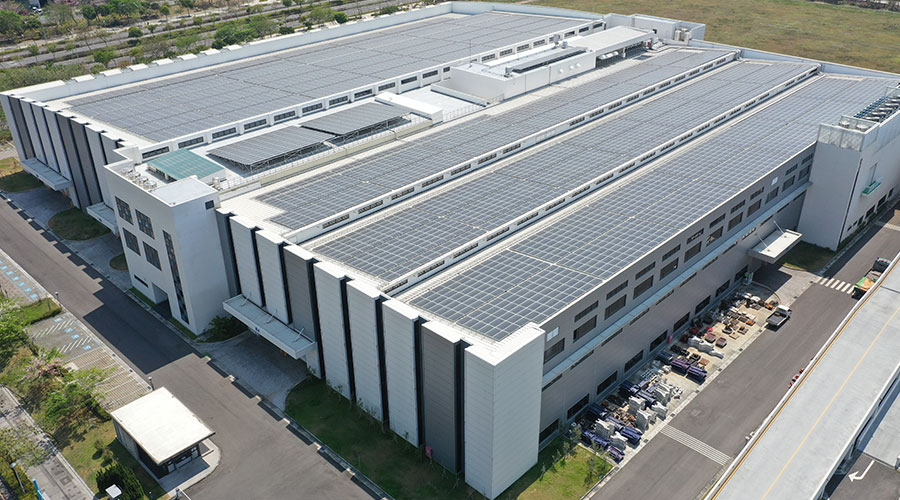Is There Still A LEED Premium?
There’s little question that expertise in the industry regarding how to design, build, and operate LEED certified facilities has increased dramatically in the last several years. In general and with some caveats, greater expertise has led to reduced cost of LEED projects — taking a bite out of the so-called “LEED premium” that was (and still is, in some cases) a deterrent to certification.
But does the LEED premium still exist? And if so, what constitutes the “extra cost” to do LEED? Of course, there’s no straightforward answer, outside of “each building is different” or “it depends.” The question about whether there is a LEED premium, and if so, what it consists, of is a multi-faceted one. Is there still a premium for “LEED-compliant” materials? What is the cost of managing the LEED process? Are costs directly associated with LEED certification justifiable on a return on investment basis? In other words, is it worth the cost to “pay for a plaque,” as some skeptics of LEED certification phrase it? Let’s take a look.
“The construction cost premium for LEED certification isn’t nearly as high now,” says Jim Nicolow, principal and director of sustainability for architecture firm Lord, Aeck & Sargent. “But it still could be a couple percentage points.” Nicolow wrote a story for the November 2008 issue of Building Operating Management magazine in which he cited studies that pinned the LEED construction premium at anywhere from 0 percent (for Certified) to 8.5 percent (for Platinum). LEEDuser.com, which has studied this question extensively, (and sells a report that breaks down the potential premium of each LEED-NC credit), says the premium is between 2 and 15 percent – with the high end capturing projects that include a lot of onsite renewable energy generation.
Of course, the exact construction cost premium depends on who you ask or what study you’re citing. We’ve all seen the press release: “(LEED certified building) was built at the same cost as a traditional building.” And while that very well may be true on a per-square-foot basis, does it include the other factors, like front-end design fees, that are generally included in the “LEED premium”?
Even with the increased LEED expertise in the industry, there are still at least two factors that may add cost to design fees, says Nicolow. One is the simple fact that in the LEED documentation process, “you’re still managing a process you wouldn’t have to otherwise.” While, by most accounts, the new LEED Online has made the documentation easier, it’s still time that must be spent.
The other factor that increases design time on LEED projects is the fact that LEED is continuously changing. “Their goal is to raise the bar,” says Nicolow, about USGBC. “But that erodes some of the efficiency in managing LEED processes.” While it’s not like designers have to start from square one each time LEED is revised, there is a little bit of time required for designers to familiarize themselves with the new credit requirements. Nicolow cites as an example how LEED 2009 really shifted its focus to sustainable sites and energy efficiency. And when LEEDv4 comes online this fall, the learning curve — especially in the Materials and Resources category – may be especially steep.
Nicolow notes two major improvements to the LEED process in the last few years. The first is the time between submission and a certification decision. That time is greatly reduced these days, he says. Additionally, Nicolow says the consistency by which credits are rewarded is better now, too. “It was really frustrating to get a credit on one project and not on another with the same strategy,” he says.
Related Topics:












